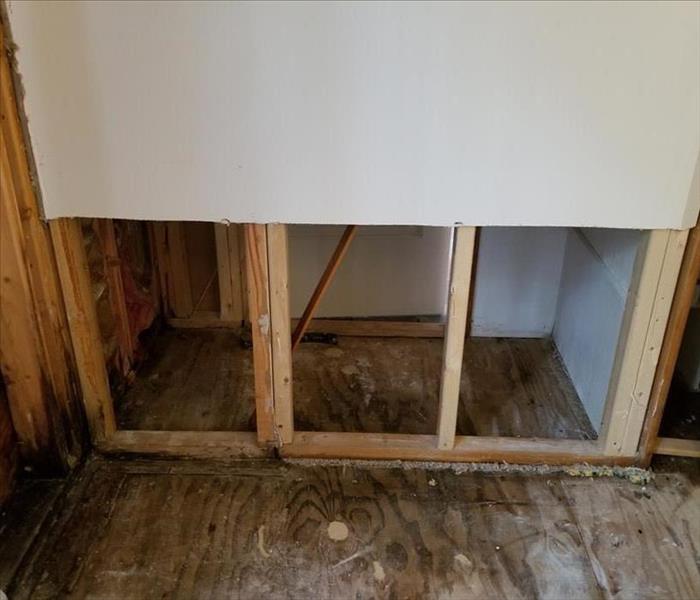What Is a Flood Cut and Why Is It Necessary?
4/16/2022 (Permalink)
 In some instances, a flood cut will need to be made to properly restore the function of your building.
In some instances, a flood cut will need to be made to properly restore the function of your building.
If you have experienced flooding in your commercial building, it may be necessary for the restoration company to perform a flood cut. This is probably an unfamiliar term for most business owners, so this guide will provide a brief explanation of what it is and why it is done.
What a Flood Cut Is
When a water restoration company in West Valley, CA, needs to cut the drywall in your building, this is called a flood cut. The reason this is called a flood cut is that the cut is made 12-18 inches above where the flood damage stops. It is done to facilitate drywall tear-out. A flood cut may be performed in a variety of situations:
- Wall has been touched by sewage water
- Damage is too severe to save the wall
- It isn't practical to dry out the wall without removing sections
When a Flood Cut Is Necessary
Flooding sometimes causes sewer lines to back up which can lead to your building being exposed to contamination. A wall that has been contaminated by sewage can not be salvaged because the materials may contain harmful bacteria or pathogens. Additionally, a flood cut needs to be performed on walls that contain insulation, because insulation can not be dried out and still function properly as insulation.
Situations That Do Not Require a Flood Cut
If the water that damaged the wall was from a clean source, such as a pipe leak, and there is no insulation, the restoration company may be able to salvage the wall by using an injection system to dry out the inside of the wall without cutting the drywall. Most restoration companies will make every effort to salvage as much property as possible.
When a building has been damaged by flooding, restoration services will work with you to attempt to salvage your property. However, in some instances, a flood cut will need to be made to properly restore the function of your building.






 24/7 Emergency Service
24/7 Emergency Service